
Close

Dry eye disease is a common condition that happens when your eyes don’t make enough tears or when your tears dry up too quickly. Tears are important because they keep your eyes moist, smooth, and help you see clearly. Without enough good-quality tears, your eyes can feel dry, itchy, tired, or irritated.
If dry eyes are not treated, they can lead to redness, blurry vision, and even damage the surface of your eyes. Things like too much screen time, windy weather, aging, or certain health problems can make dry eyes worse. The good news is that dry eye can be managed with the right care and treatment.

This type occurs when your tear glands don’t produce enough watery (aqueous) tears.
✅ Caused by aging, medications, or autoimmune diseases
✅ Leads to dry, gritty, and irritated eyes
✅ Often linked with Sjögren’s syndrome
This happens when tears evaporate too quickly due to poor tear film quality.
✅ Caused by Meibomian gland dysfunction (MGD)
✅ Common in people with blepharitis or who use screens often
✅ Results in blurry vision and burning sensation
A combination of both aqueous deficiency and evaporative dry eye.
✅ Most common type of dry eye in patients
✅ Requires a personalized treatment plan
✅ Can include symptoms like eye fatigue and stinging
(caused by injury, medications, or other conditions)
✅ Linked to nerve damage, LASIK, or diabetes
✅ Often painless but leads to severe dryness
✅ Needs specialized care to prevent complications
What causes this to happen is a deficiency in the lipid or oil layer of the tear film, which in most cases is caused by Meibomian Gland Dysfunction (MGD).
Tear production decreases naturally with age, especially after 50.
Staring at screens reduces blinking, causing tears to evaporate faster.
Wind, smoke, air conditioners, and heaters dry out your tear film.
Lack of Vitamin A can reduce tear quality and harm eye health.
Menopause, pregnancy, or birth control pills may affect tear balance.
Issues like diabetes, arthritis can lead to dryness.
Some medicines like antihistamines and antidepressants reduce tear flow.
Wearing lenses for long hours can reduce moisture and irritate the eyes.
LASIK and other surgeries may temporarily affect natural tear production.
If you have dry eyes, you may notice some of these common signs and discomforts:

Your eyes may feel like they’re on fire.
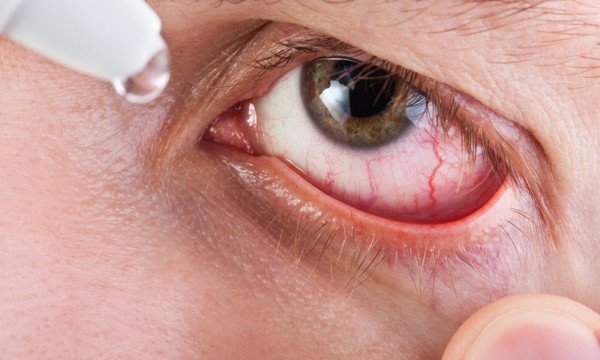
Like something is stuck in your eye.

Your eyes may look red or irritated.

Dryness can cause too many tears.
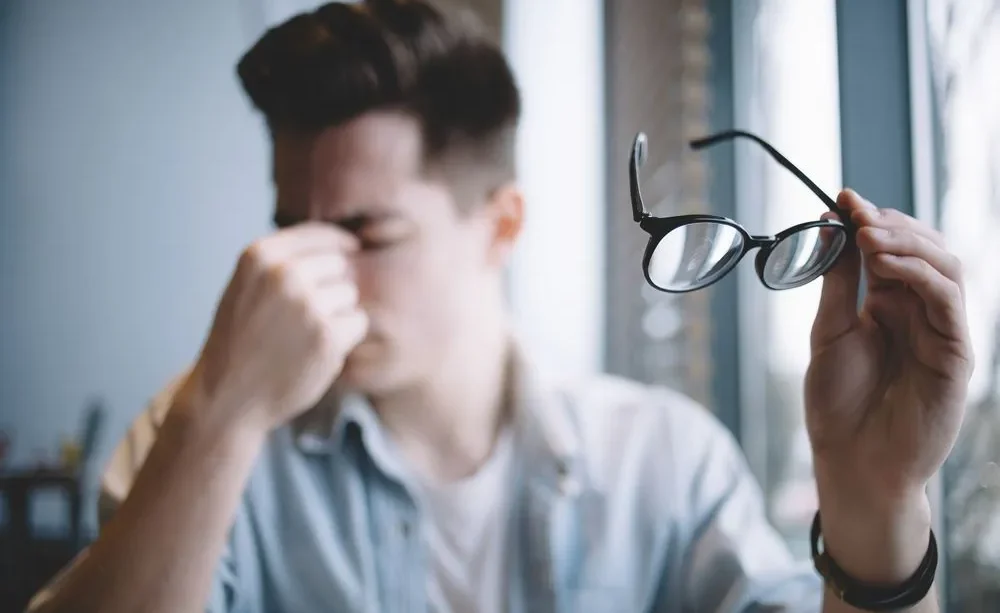
Your vision may go in and out of focus.

Eyes feel tired, especially after screen time.

Bright lights may bother your eyes.
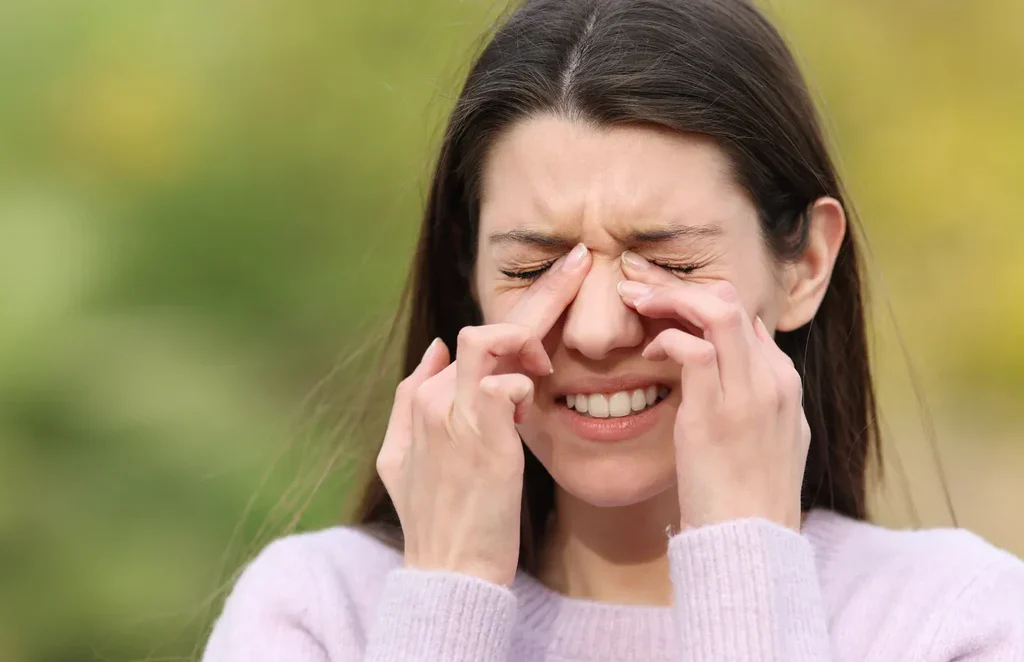
You may want to rub your eyes often.
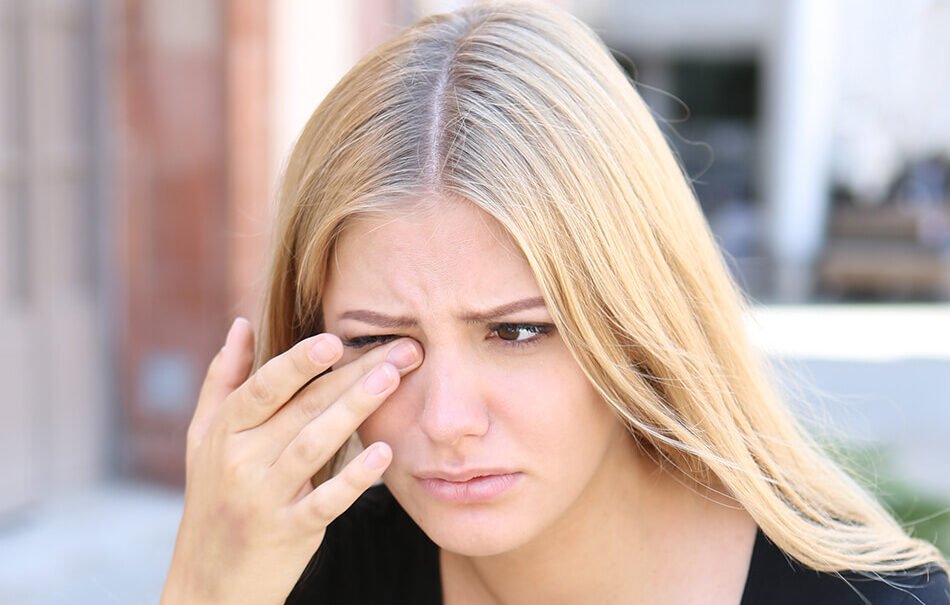
Contact lenses may feel dry or painful.
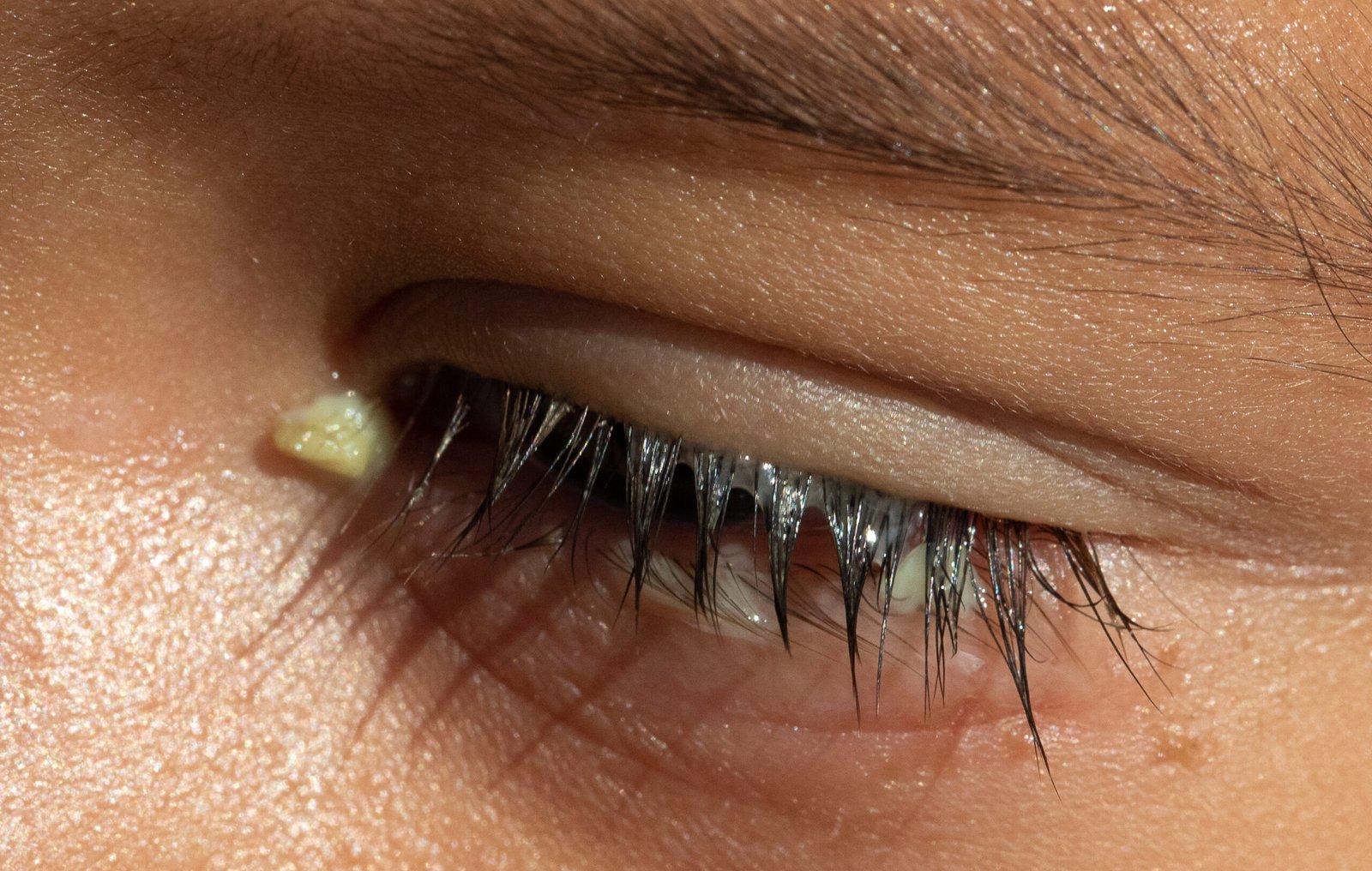
Bright lights may bother your eyes.
Our Dry Eye Treatment Center aims to provide the best and most comprehensive treatment options available to our patients. Dry eye patients frequently have tried numerous approaches, most of which only offer temporary relief. We are available for dry eye consultations in order to precisely diagnose and treat your dry eye problem.
We begin with a detailed check of your tear film, oil glands, and eye surface using advanced tests to find the exact cause of your dry eyes.
We use high-quality, preservative-free eye drops to keep your eyes moist and give quick, soothing relief from dryness and irritation.
Tiny, safe plugs are placed in your tear ducts to stop tears from draining too fast, helping your eyes stay moist for longer.
Intense Pulsed Light (IPL) gently heats and clears blocked oil glands in your eyelids, reducing inflammation and improving tear quality.
Warm compresses and gentle cleaning help clear your eyelids and improve natural oil flow, keeping your eyes more comfortable.
At Raghu Kamal Eye Care, we offer advanced and personalized treatment for dry eyes. Whether your eyes feel dry, itchy, or tired, our expert team uses the latest technology to find the cause and give you fast, lasting relief. From artificial tears to modern therapies like IPL, we provide safe and effective solutions in a clean, NABH-accredited hospital right in the heart of Malad, Mumbai.
A dedicated Dry Eye Clinic led by Dr. Jenin Patel, with over 20 years’ experience in cornea and dry eye care.
Latest tools like Schirmer’s test, slit‑lamp, and Meibomian gland exams to diagnose exactly what’s troubling your eyes.
From soothing preservative‑free artificial tears to tear‑conserving punctal plugs-everything customized to your needs .
Easy to reach at Marve Road, Malad West (above Bank of Baroda), open Monday–Saturday for flexible scheduling
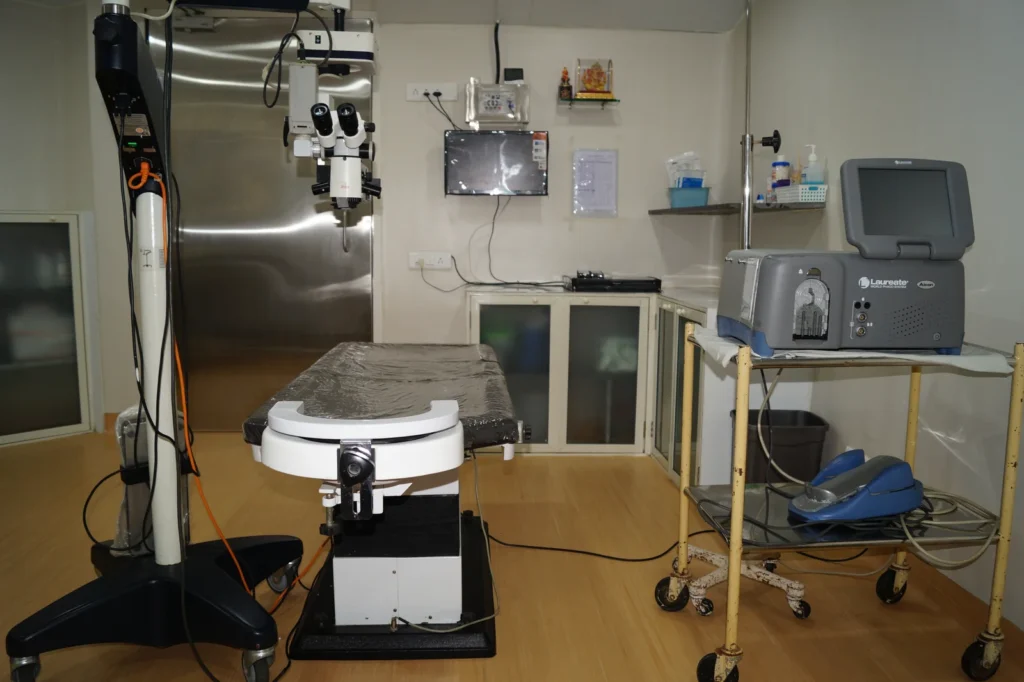
High‑tech Intense Pulsed Light (IPL) to clear blocked oil glands, reduce inflammation, and improve tear quality.
Mumbai’s first NABH‑accredited and ISO‑certified eye hospital between Jogeshwari and Borivali, with modern ORs and safety standards.
Dry eyes happen when your eyes don’t make enough tears or your tears dry up too quickly, causing discomfort, irritation, or blurry vision.
Dry eyes can be caused by aging, screen time, dry weather, contact lenses, certain medications, or health conditions like diabetes and arthritis.
Burning, itching, redness, watery eyes, blurry vision, and tired or heavy eyes—especially after screen use—are common symptoms.
Dry eyes can be managed and controlled with proper treatment, but it may not be completely cured if it’s due to a long-term condition.
Doctors use special tests like tear breakup time, Schirmer’s test, and slit-lamp exams to find the cause of your dry eyes.
Treatments include artificial tears, eye drops, punctal plugs, IPL therapy, eyelid cleaning, and lifestyle changes.
If left untreated, dry eyes can lead to infections or damage to the eye surface. Early treatment helps avoid complications.
Yes. Staring at screens reduces your blink rate, which can make your tears evaporate faster and lead to dryness.
Yes, dry air from ACs, pollution, and heat can trigger or worsen dry eyes in cities like Mumbai.
You can visit Raghu Kamal Eye Care in Malad, Mumbai. They offer advanced and personalized dry eye care.
WhatsApp us